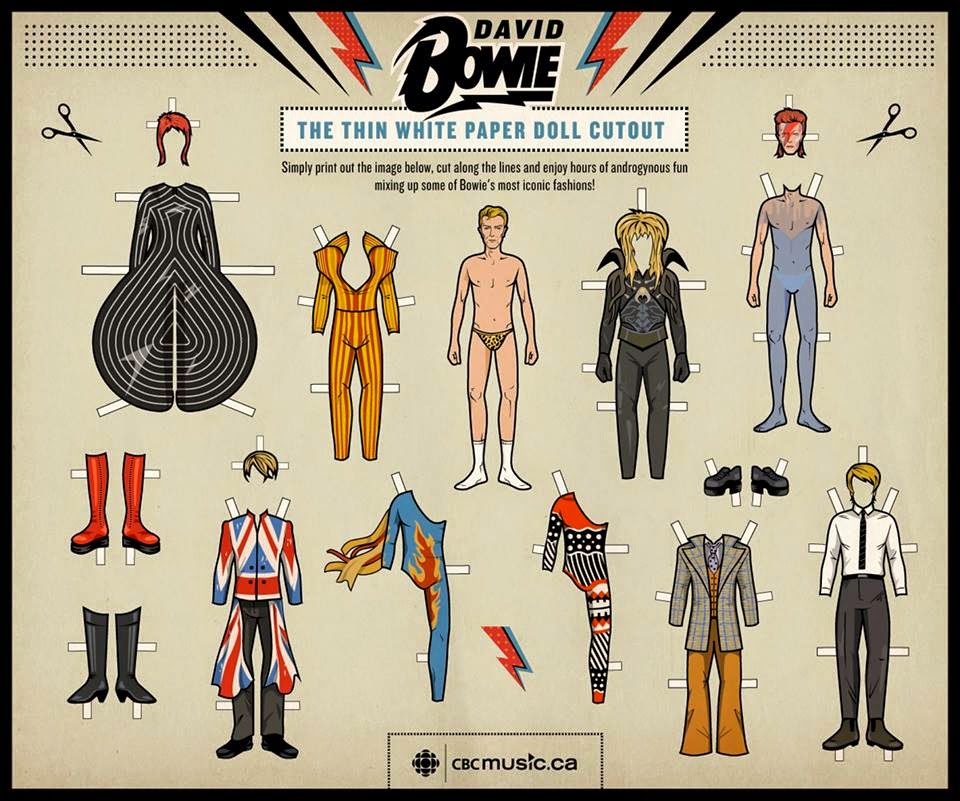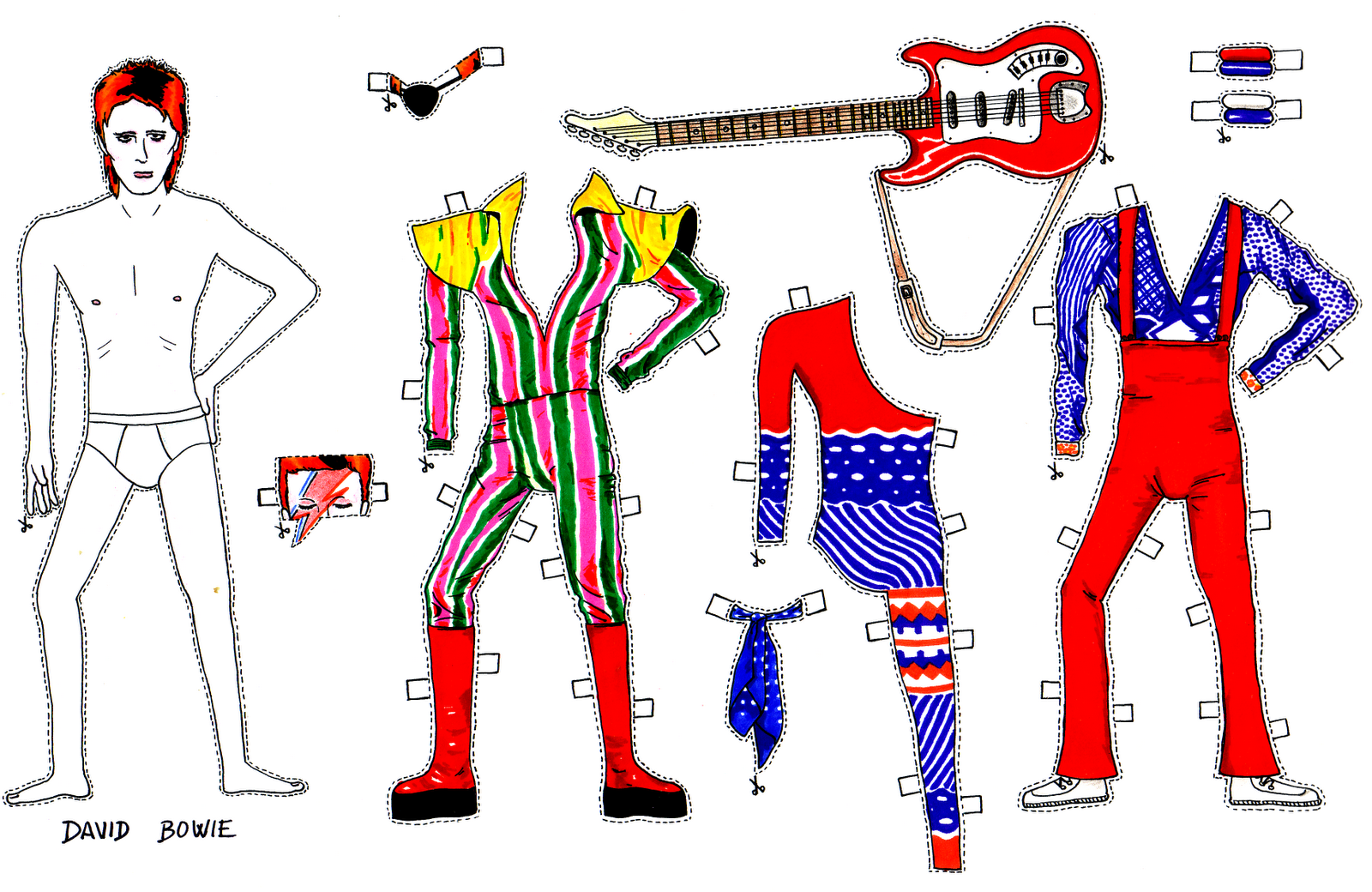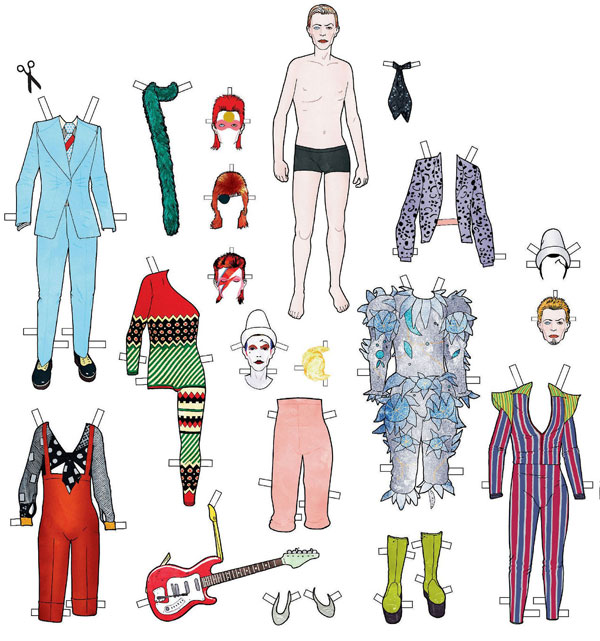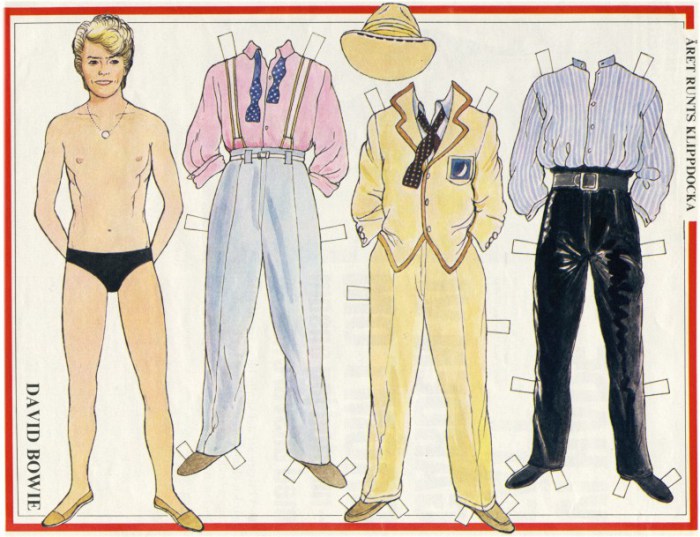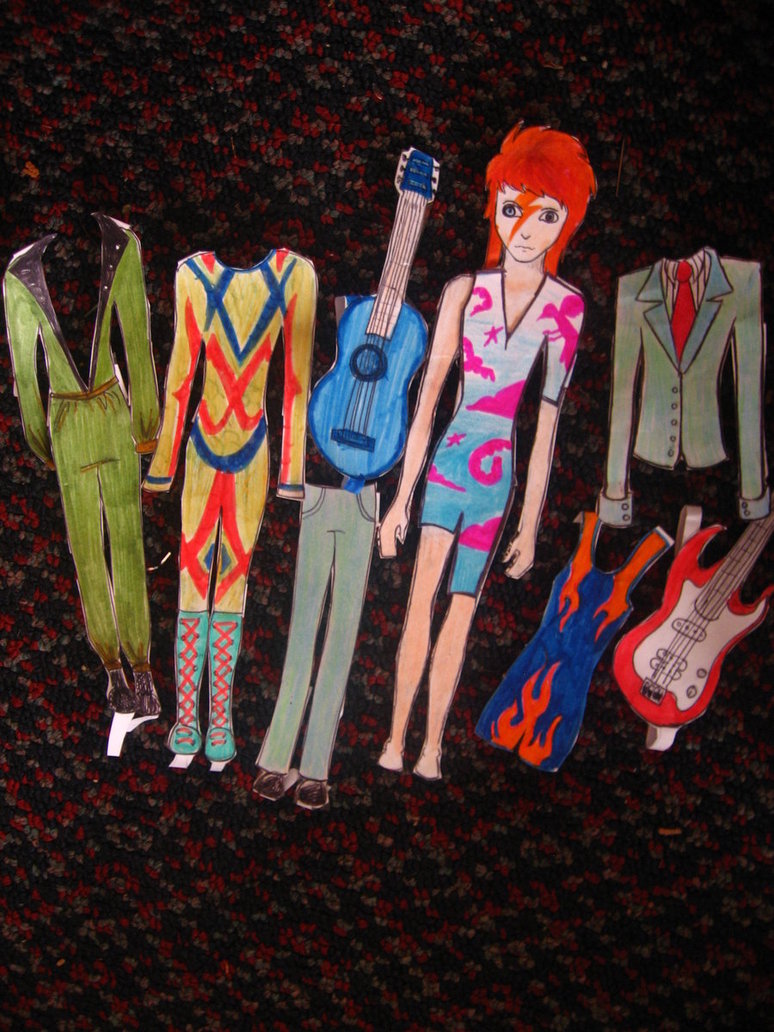In 2012, the Japanese-German classical musician Kimiko Ishizaka made available to the world an open version of J.S. Bach’s Goldberg Variations performed on a Bösendorfer 290 Imperial piano in Berlin. Funded by a Kickstarter campaign, the recording was released under a Creative Commons Zero license, which essentially put the music straight into the public domain.
Yesterday we discovered, thanks to one of our readers, Ishizaka’s follow-up to The Open Goldberg Variations — The Open Well-Tempered Clavier, Book 1. Also Kickstarter-funded and released under a Creative Commons license, her new production puts 48 Preludes and Fugues into the commons. Explaining the importance of The Well-Tempered Clavier, Alexandre Prokoudine writes over at Libre Graphics World:
Among classical music connoisseurs, the Well-Tempered Clavier Book 1 (WTC, or “the 48” for short) is widely regarded as one of the most influential works by J.S. Bach. Here is why.
For a long time instruments used to be tuned in such intervals between notes that transposition (playing a melody in a key different from the originally intended one) usually produced a melody that was clearly out of tune. Finding the right intervals was an interesting mathematical problem to solve, and it was done in the 17th century by Andreas Werckmeister.
So while J.S. Bach didn’t invent well-tempered tuning, the 48 was his major, if not defining contribution to making it popular, as the 48 was pretty much The Music Theory Bible for generations of composers…
Historical value aside, the 48 is simply beautiful and elegantly sophisticated music (with score laid out in up to four voices, yet played by a single musician). If this is the first time you are listening to WTC, I officially envy you, because are about to discover something very special.
You can get the Open Well-Tempered Clavier as a free download here (please read the instructions on the page), or stream it above. You can also support the artist and purchase the download for a fee of your choice, or buy a CD version over on Amazon.
As for what you can expect from Kimiko Ishizaka next, look out for a recording of the Chopin Préludes on a Pleyel piano — the same piano Chopin played himself all those years ago.
Related Content:
Download the Complete Organ Works of J.S. Bach for Free
The Open Goldberg Variations: J.S. Bach’s Masterpiece Free to Download
Glenn Gould Explains the Genius of Johann Sebastian Bach (1962)
The Genius of J.S. Bach’s “Crab Canon” Visualized on a Möbius Strip
JS Bach’s The Well-Tempered Clavier Artistically Animated with Pulsing Neon Lights
